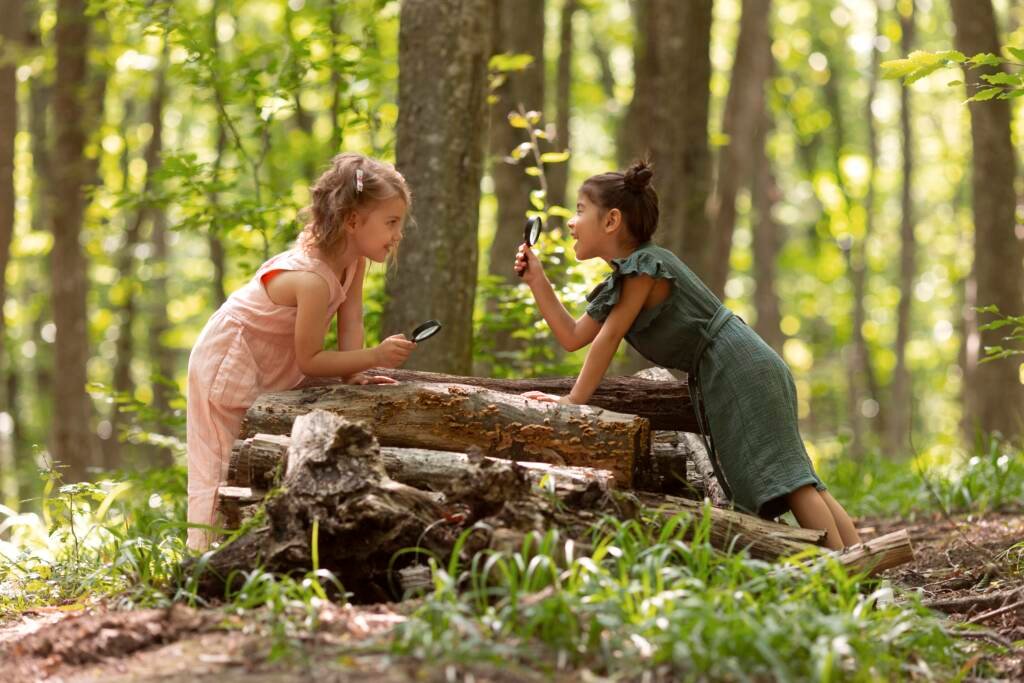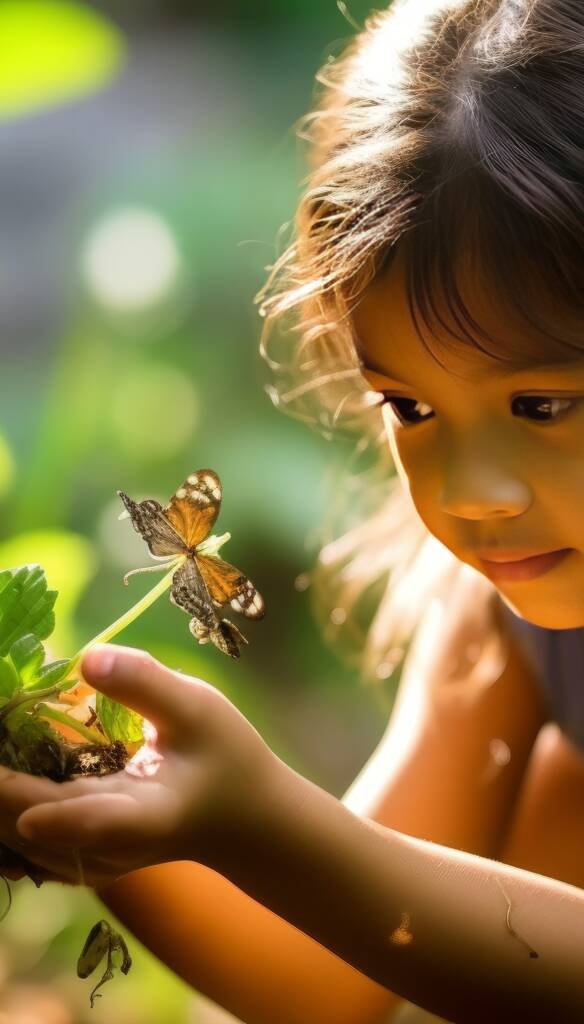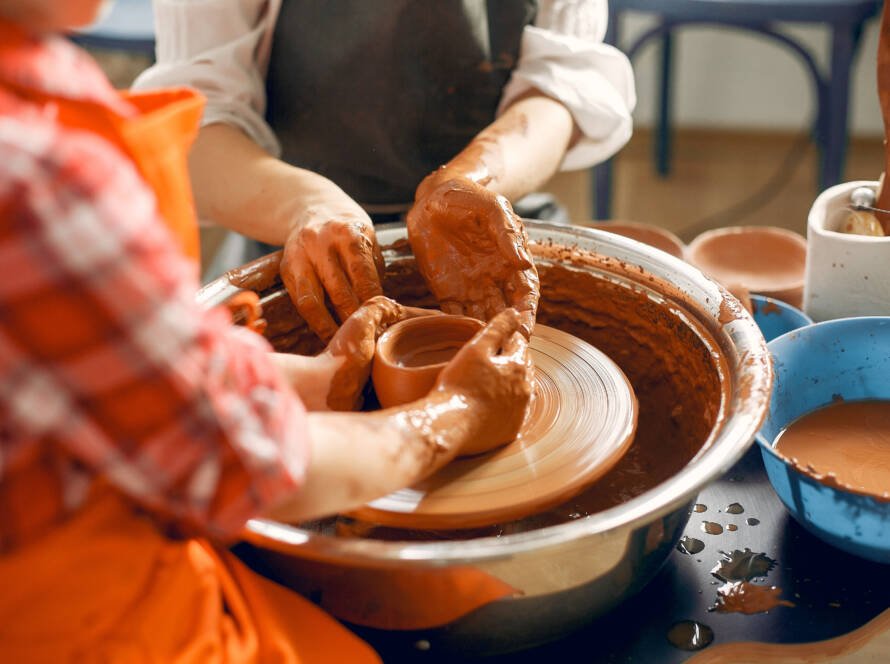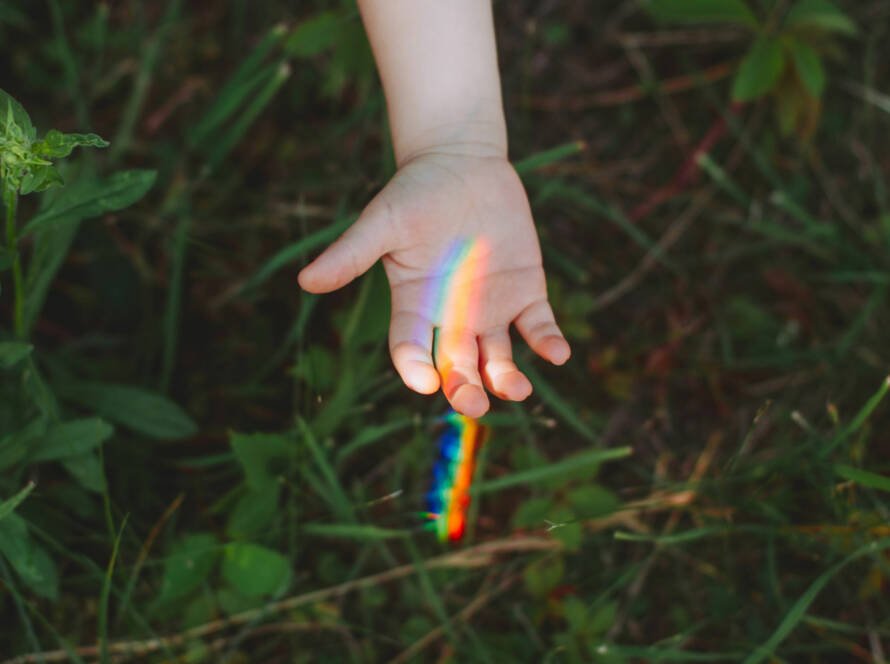From Culture to Cognition: How Embodied Learning Enhances Brain Networks and Memory
In today’s fast-paced, screen-saturated world, children are often reduced to passive recipients of information. Classrooms echo with facts and formulas, but rarely with curiosity or wonder. Students memorize but forget. They perform, yet don’t connect. Beneath rising marks and test scores, something vital is fading: the joy of learning, the depth of understanding, and the spark of lifelong inquiry.
Neuroscience offers a compelling answer to this growing void: learning must engage the body, not just the brain. When children learn by doing—through movement, touch, creation, and emotion—multiple areas of their brain are activated. The motor cortex, sensory systems, emotional centers, and memory networks all work in harmony, forming deeper, more lasting connections. This is known as embodied cognition—the idea that the body is central to thinking, reasoning, and memory.
In other words, when children experience learning, they don’t just remember it longer—they understand it better. When they build a model, act in a play, solve a real-world problem, or plant a garden, they are not merely learning concepts. They are constructing meaning, shaping identity, and anchoring knowledge in lived reality.
Why Hands-On Matters Now More Than Ever
As the demands of the 21st century evolve rapidly, so must our approaches to education. Information is abundant, but wisdom is rare. In a world where facts can be Googled in seconds, what matters most is not what a child knows, but how they apply it, adapt it, question it, and build on it. This is why hands-on learning is no longer optional—it is essential.
Hands-on learning cultivates collaboration, creativity, critical thinking, empathy, and resilience. It fosters real-world problem-solving and emotional intelligence. It helps students make meaningful connections between what they learn and the world they live in. It turns classrooms into laboratories of life—alive with curiosity, exploration, and purpose.


A Return to Roots: Ancient Wisdom, Modern Science
Interestingly, this “new” direction in neuroscience and pedagogy is a return to something profoundly ancient.
Long before the term embodied learning was coined, the education systems of Bharat were built upon it. In the gurukul tradition, knowledge was never separated from experience. Children learned mathematics through architecture, ethics through service, science through nature, and philosophy through dialogue and reflection. They cooked, crafted, debated, farmed, and served—not as extracurricular activities, but as essential parts of their education.
Our temples, with their intricate sculptures and geometrical precision, were learning centers in stone. Our music and dance traditions were expressions of math, rhythm, and spiritual thought. Every act—be it weaving, painting, building, or storytelling—was a form of sadhana (discipline), a path to mastery, and a window to the divine.
The emphasis was not on passive memorization, but on inner transformation through outer action. Knowledge was not measured by tests but by character, conduct, and contribution.
Across Cultures, Across Time
This wisdom is not limited to Bharat alone. In cultures across the world, education has long been rooted in the hands and heart. African communities passed on knowledge through rhythm and movement. Indigenous tribes taught geography through journeying and mapping landscapes. Japanese schools taught cleanliness and discipline through the simple, mindful act of cleaning.
These traditions all speak one truth: when learning is embodied, it becomes lasting. When the senses are involved, the soul is engaged.
Echoes in NEP 2020: A Vision Rekindled
The National Education Policy 2020 brings this ancient vision into a modern framework. It urges a shift from rote learning to experiential learning—from information-heavy instruction to active, participatory engagement. It calls for integration of the arts, vocational skills, project-based learning, and real-world application. This is not just a progressive step—it is a restorative one. It reclaims a philosophy of learning that once defined this land.
The NEP invites us to see the learner as a whole being. To recognize that curiosity cannot be nurtured through silence, nor wisdom through memorization. That true education must engage the hands, the head, and the heart—together.
The Way Forward: From the Page to the Pulse
Imagine a classroom where children learn biology by growing herbs, history by reenacting stories, math through designing rangolis, and empathy by caring for elders. This is not fantasy. This is our inheritance—and our responsibility to revive.
Let us bring back the dignity of the hands, the silence of observation, the joy of building, the power of presence. Let us allow learning to be real, rooted, and alive.
Because when children learn through experience, they don’t just gain knowledge—they gain wisdom.
They don’t just grow smarter—they grow deeper.
And in doing so, they become not only better learners—but better humans.
Let us rise to this moment. Let us reclaim the sacredness of education—not just as a pathway to success, but as a journey to selfhood, service, and truth.
Let every school be a tirtha—a sacred space of learning.
Let every lesson be a prayer in action.
Let every child remember—not just what they learned, but how they felt when they learned it.
For that, indeed, is learning that lasts.
And that, indeed, is the future we must build.



